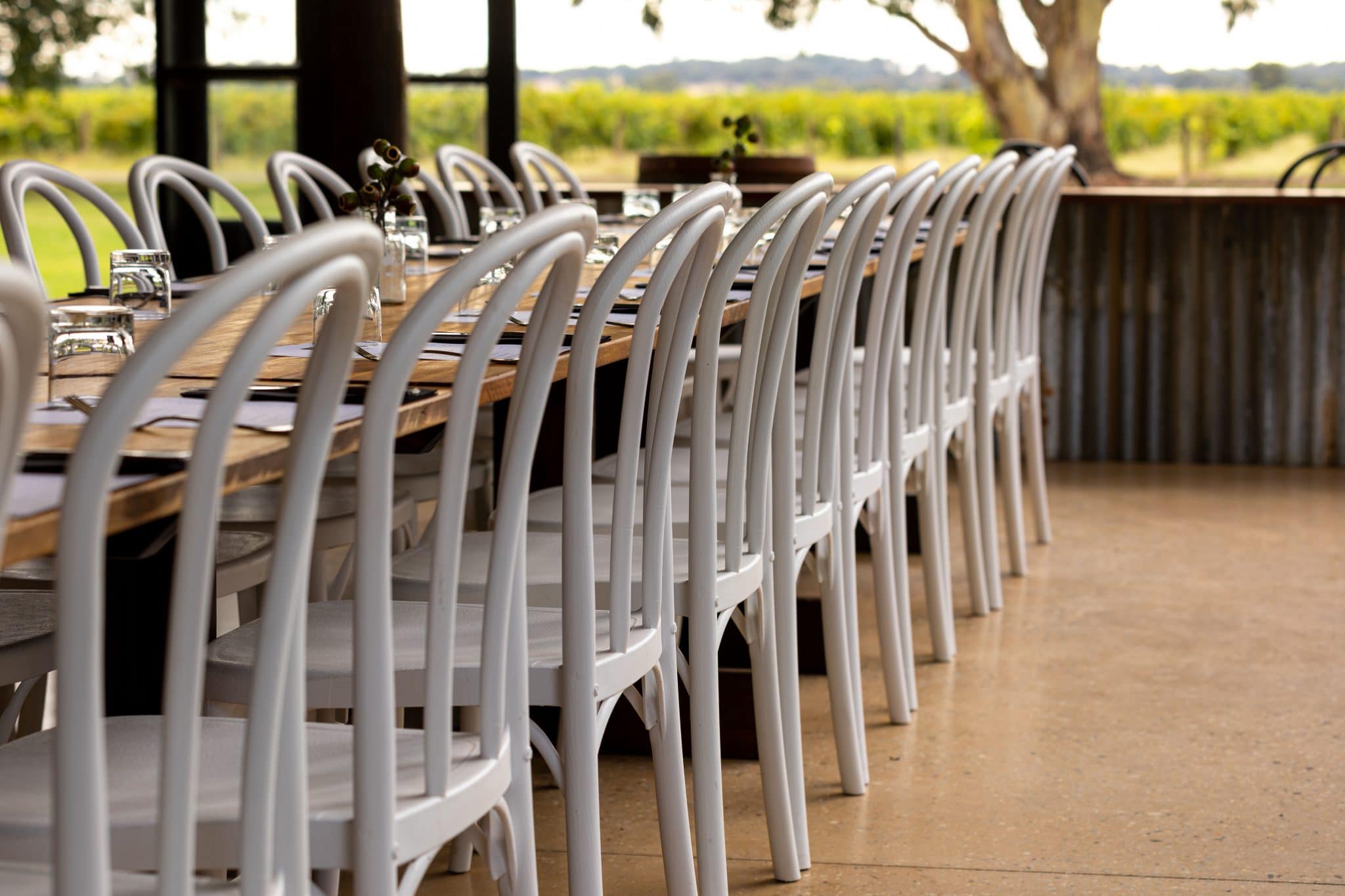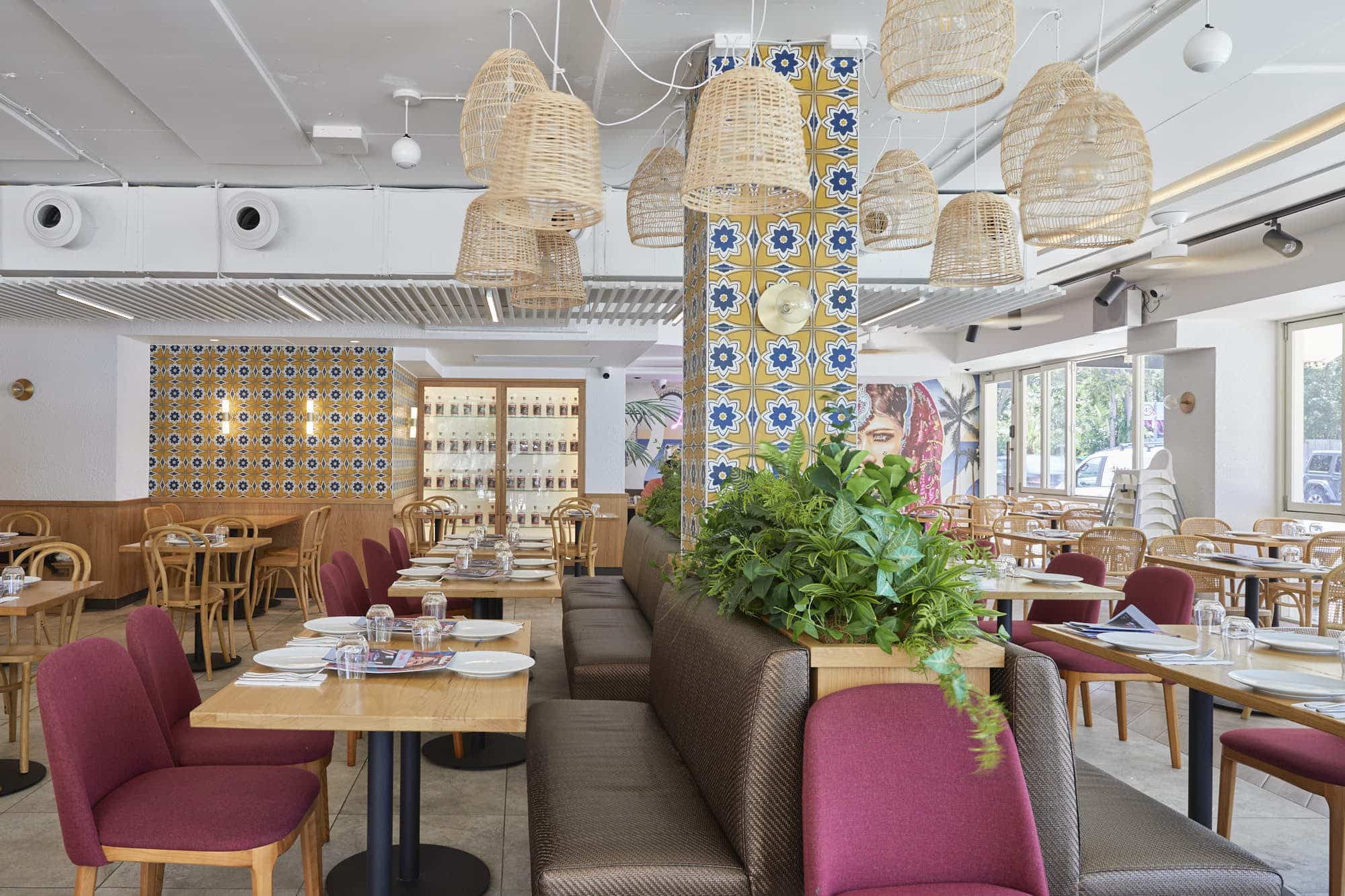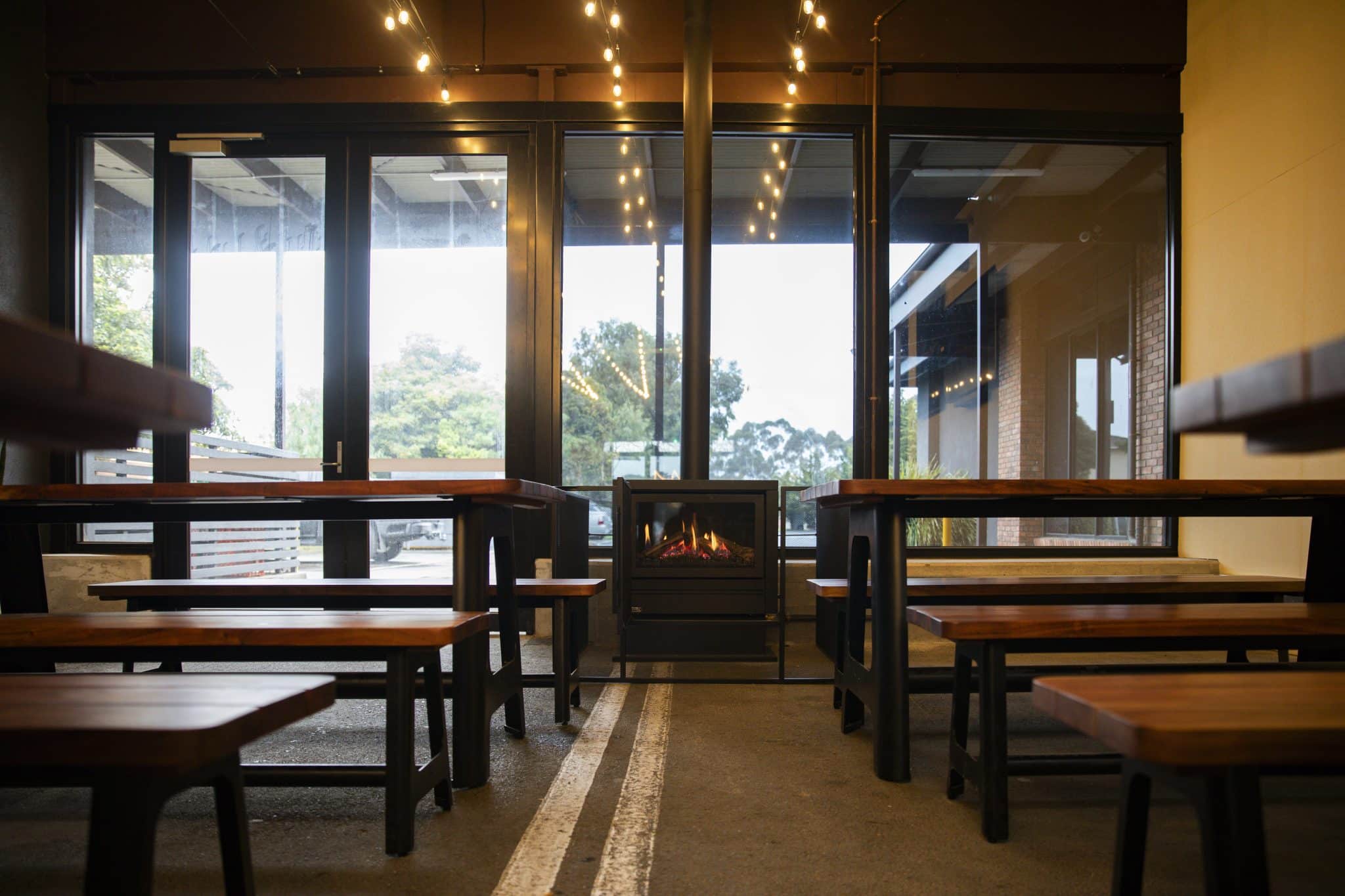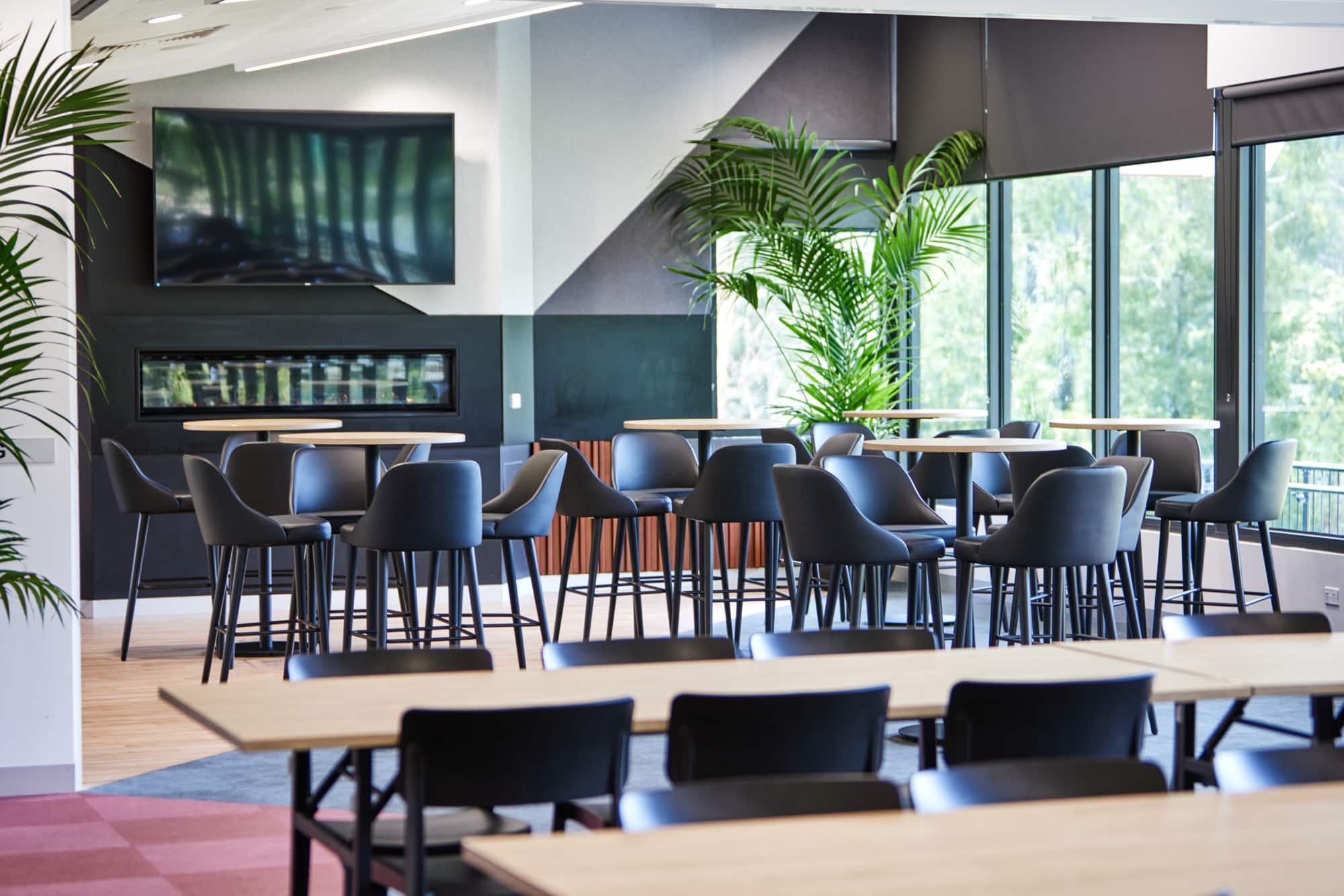Furniture that is designed specifically for use at large functions or events can be hard to find, and costly. For this reason, many function venues find sourcing their function furniture a nightmare. Is this you?
Well, worry no more! We’ve put our heads together and we’ve come up with a pricing guide that you can use. Throughout this blog you’ll find out the reasons behind the difference in costs across the industry and what you can expect to drive the cost up and what you can expect to keep the cost down.
What affects the cost of my function tables?
Venues that cater for large function and events want furniture that is stylish as well as practical. Often times, function tables need to look great, but also need to seat large numbers and be moved and packed away easily enough for each event.
As event sizing changes, we understand you may be looking for tables that can be easily rearranged to seat more or less as required. You may be looking at tables that can be folded up and put away if they’re not needed.
Whilst fold-away tables may sound like a more costly venture, these tables are more often the cheaper way to go. This is due to the bases being common and imported at a lower cost. often table rigid table bases that are needed for a function table will have to be custom made as normal table bases are not created to cope with a table top of that size. Custom items are always more costly than something that is imported or stocked. For this reason, you will most likely find foldable tables will less costly than something that is fixed, and custom made.
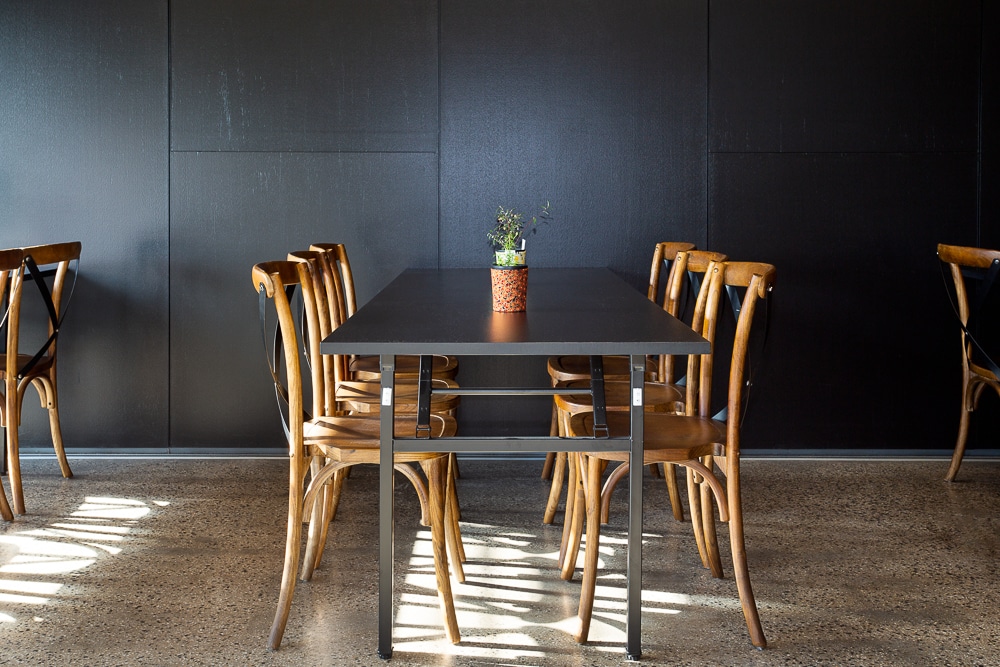
If you’ve made the decision about your table base, have a look at the table top you’re thinking of having. Depending on your venue, you might choose to go with a laminated table top or maybe a blow moulded resin.
For the classier look, we would suggest a pre-laminated table top. However, these are more costly than a blow-moulded resin. This is for two reasons. Firstly, blow-moulded resin tables, such as Adage’s Duratables, are stocked items and pre-laminated tops are custom made. Secondly, pre-laminated table tops are made locally and use materials of higher quality. Pre-laminated tops come in a wide range of colours and offer value for money; however, they can’t be used outdoors.
The shape of your table top will also affect how much you pay for your tables. Round table tops tend to be more expensive than square or rectangle tops.
Once you have your tables sorted, you’ll be looking for some chairs to match.
What affects the cost of my function chairs?
What materials that your chairs are made from will affect the price that you will pay for your chairs.
Polypropylene chairs vary in price from $50 to $250 and beyond, depending on the design and style of the chair. Polypropylene chairs are injection moulded; therefore, more complex designed chairs require more complex moulds – sometimes more than one mould for each chair.
With these designs, the sections of chair also need to be joined together. Another cost for injection moulding is the finishing off – often after a chair has been pulled from the mould, a razor needs to be run around the edges of the chair to ensure that they are smooth, and no sharp edges are left.
Different countries have different levels of standards and therefore chairs that originate from countries with lower standards will be cheaper due to the lesser costs with manpower and the quality of the moulds and polypropylene used.
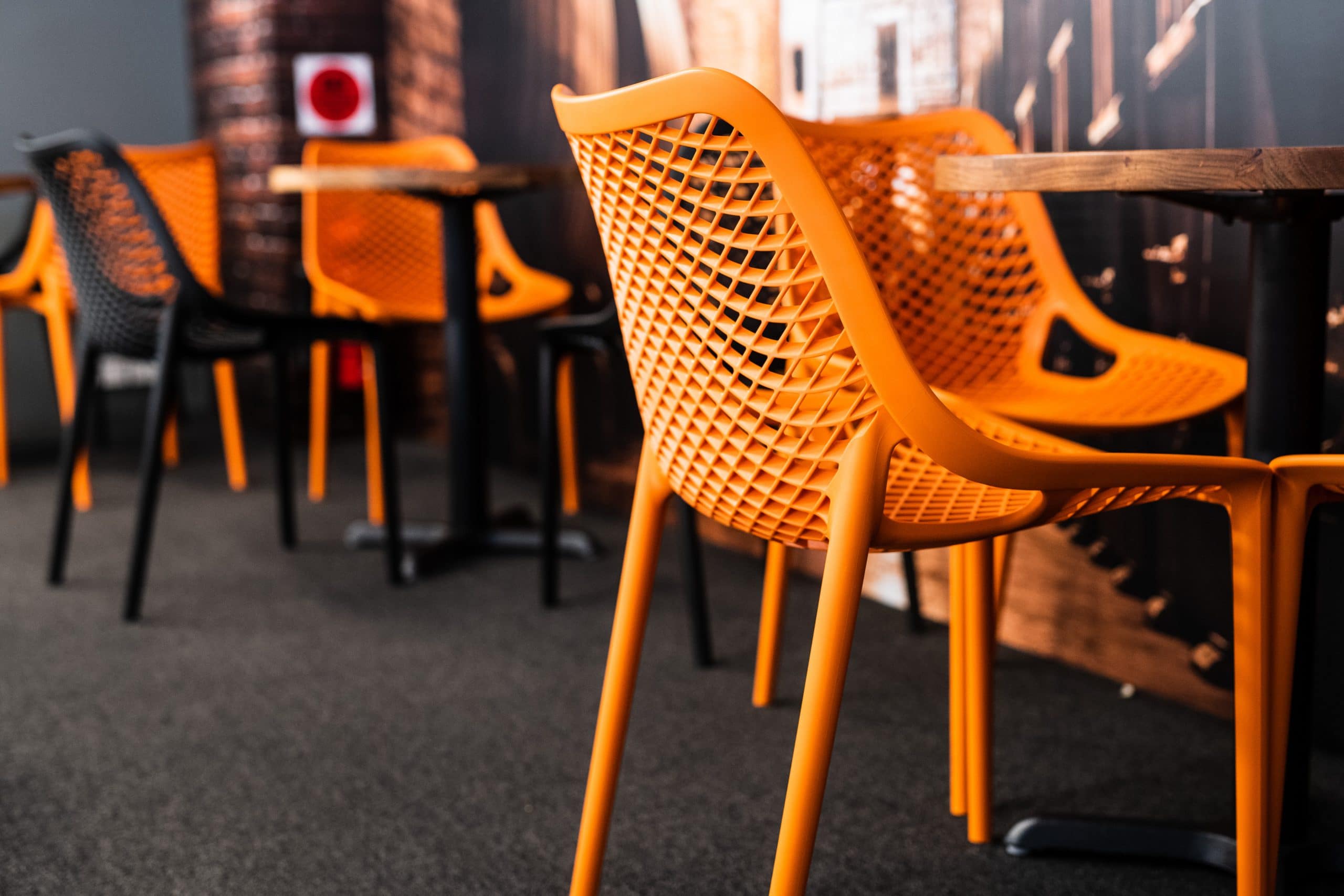
Polypropylene chairs are a favoured style of chair for many venues due to being able to be stacked away easily and their durability. These chairs are also the bottom of the cost ladder and therefore many venues choose to have these on hand purely for the cost effectiveness of them. However, if you’re looking for something a little more refined, you might want to look at upholstered chairs, which are the next step up the ladder.
Upholstered chairs are bound to turn heads and bring in the classic comfort of soft upholstery. Priced anywhere between $90 and $1000 a chair, these chairs are the most diverse in pricing. The reason for this lies in the framing of the chair. Some chairs are framed with steel, others with timber.
Not only do the materials vary the pricing, but the craftsmanship does as well. Popular chairs that are rolled off a factory line tend towards the lower end of the scale, while chairs crafted individually tend to hitch the price up. The manufacturer may change between RHS (Rectangle Hollow Steel) or CHS (Circular Hollow Steel), depending on the style and this also affects the price of the product.
How much the steel is bent and moulded to the shape of the chair is another feature that affects the price of the chair. Sometimes timber is used as a frame for the chair. This is where pricing tends to increase as the materials used to create the chair do cost more and therefore the finished product has a price tag to match its brilliance.
However, it isn’t only the frame that drives the cost up, but also the upholstery and cushioning. Any custom upholstery will drive the costs up of your chairs also. Some venues choose to add custom upholstery to their timber chairs, which further adds to the cost.
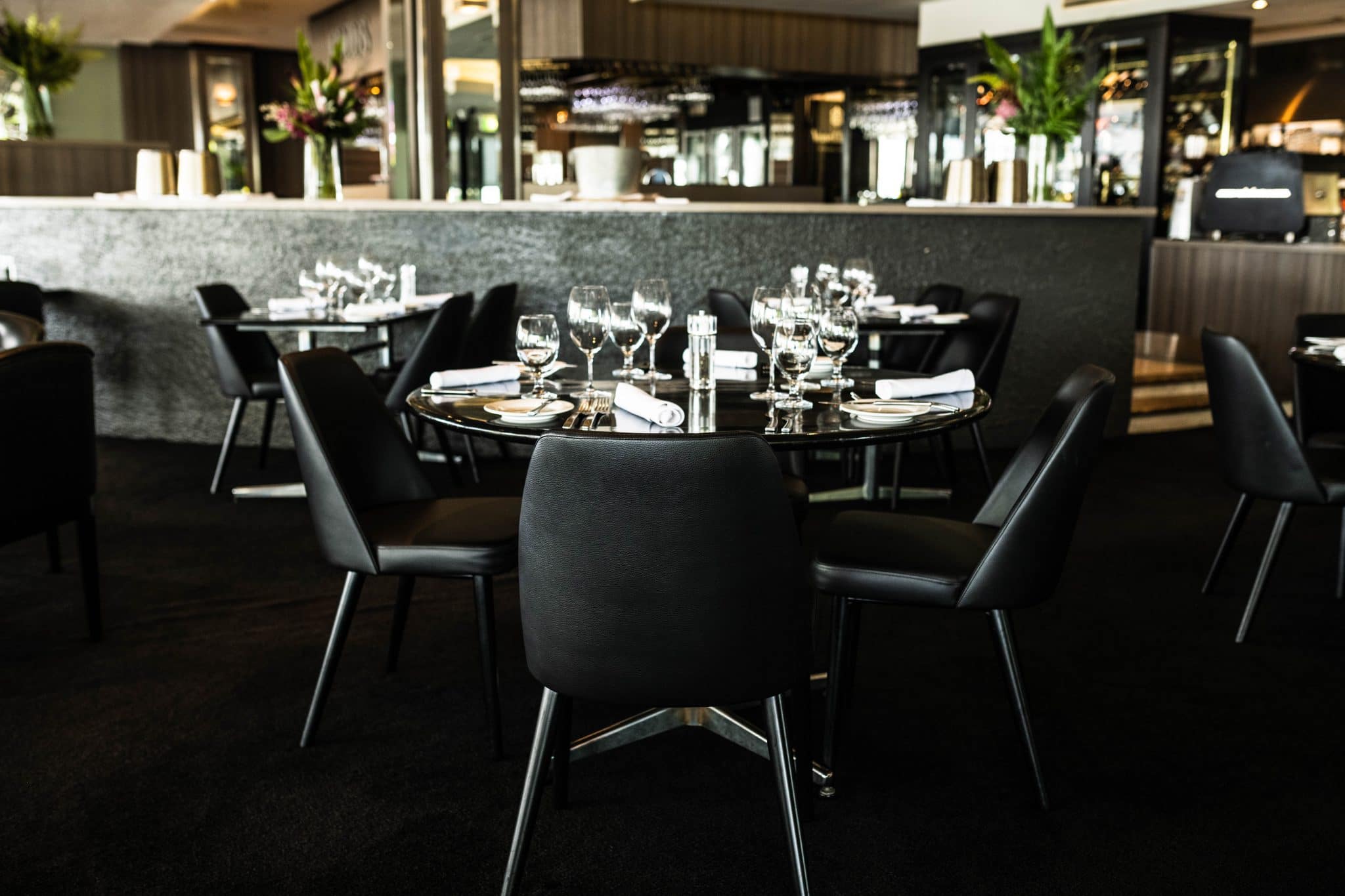
Timber chairs would be the top of the range for function chairs, and for this reason they aren’t often used in function venues.
Timber chairs in themselves are not all the same price bracket. Depending on the timber that is used, timber chairs can range from as low as $90 up to as much as $500. European Beech is the preferred hardwood that is strong, inexpensive and has been used for furniture since the 1800s.
European Beechwood is a hardwood that can be steam bent to create chair components effortlessly without the joins. The idea was pioneered in the mid-1800s by Michael Thonet in Vienna and revolutionised the concept of timber furniture – the process is still widely used around the world today. European Beech timber is a slow growing tree with a short grain – making it strong and stable, and therefore ideal for furniture.
More inexpensive timber chairs will often be made from Rubberwood or Chinese Oak, which is fast growing but not as strong. These timbers are easier to produce, which brings the price of the chair down.
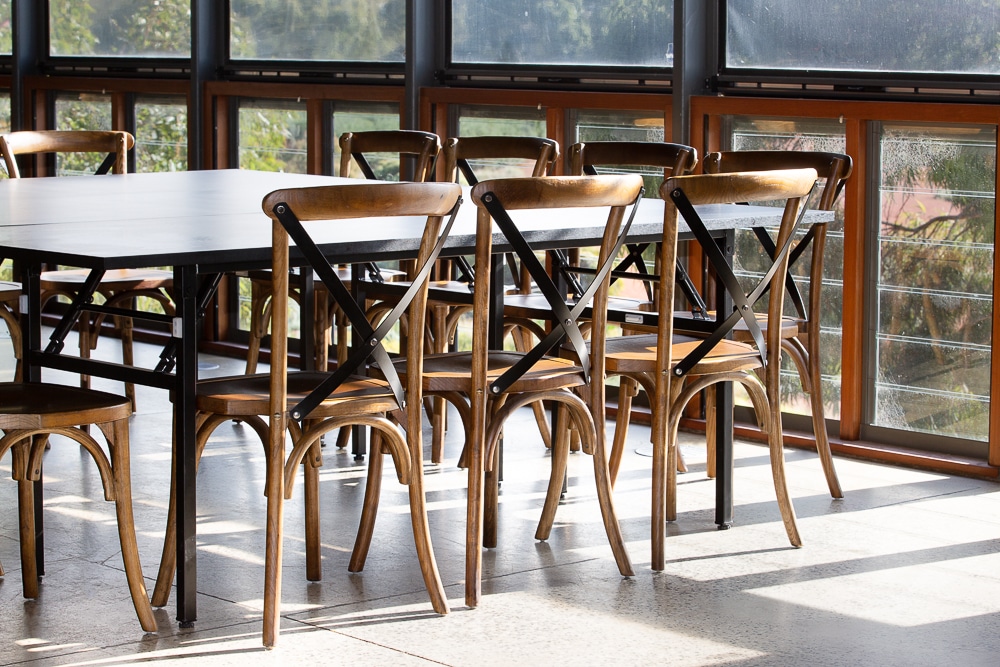
So that’s what you can expect to see in costs across the industry for function furniture. If you’re still unsure, give us a call! We have many knowledgeable furniture consultants that will be able to help you out with any queries you may have. All the best!
Come and see what high quality function furniture looks like
Visit one of our showrooms in Melbourne, Perth and Sydney and see our premium function furniture for yourself.
